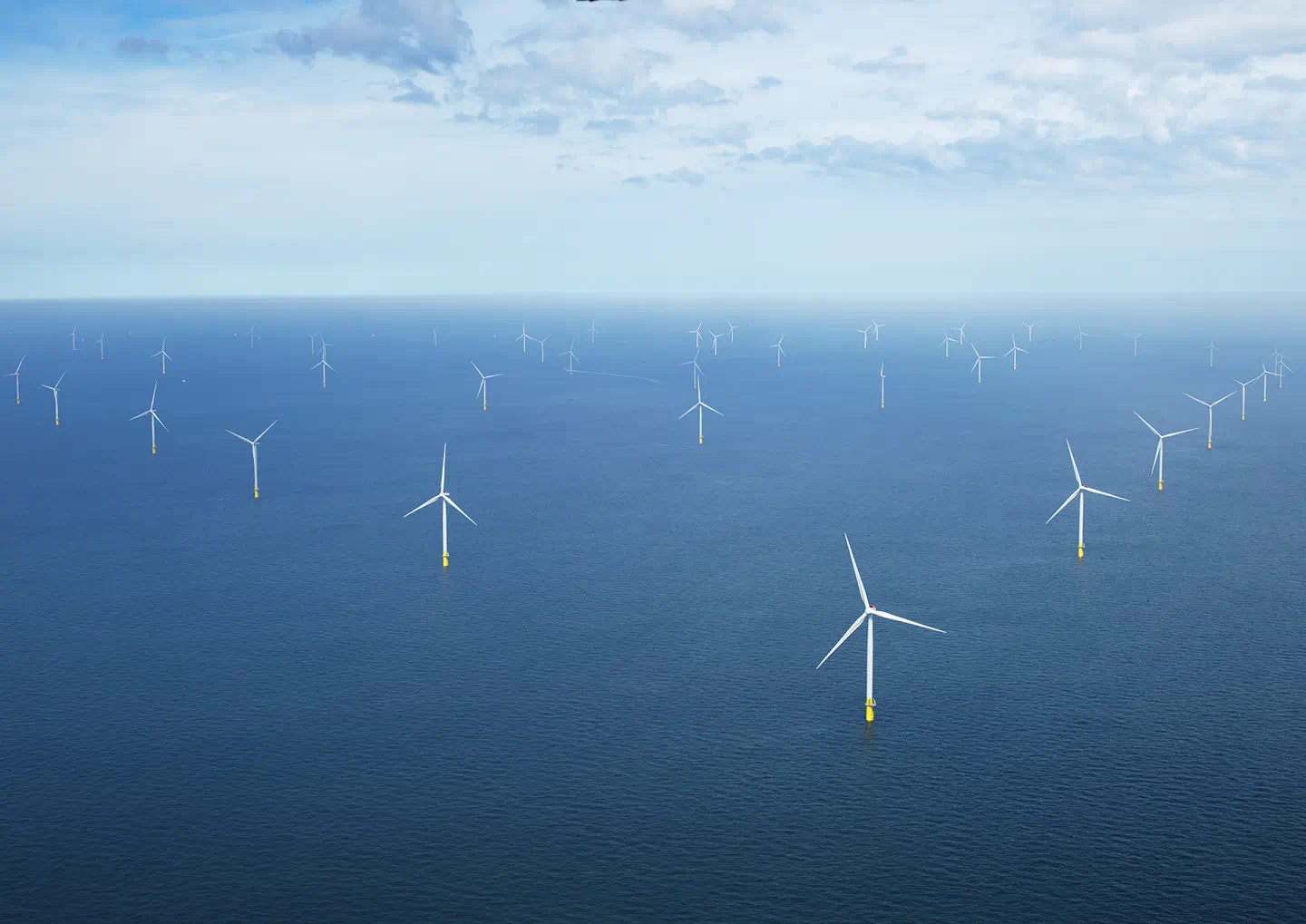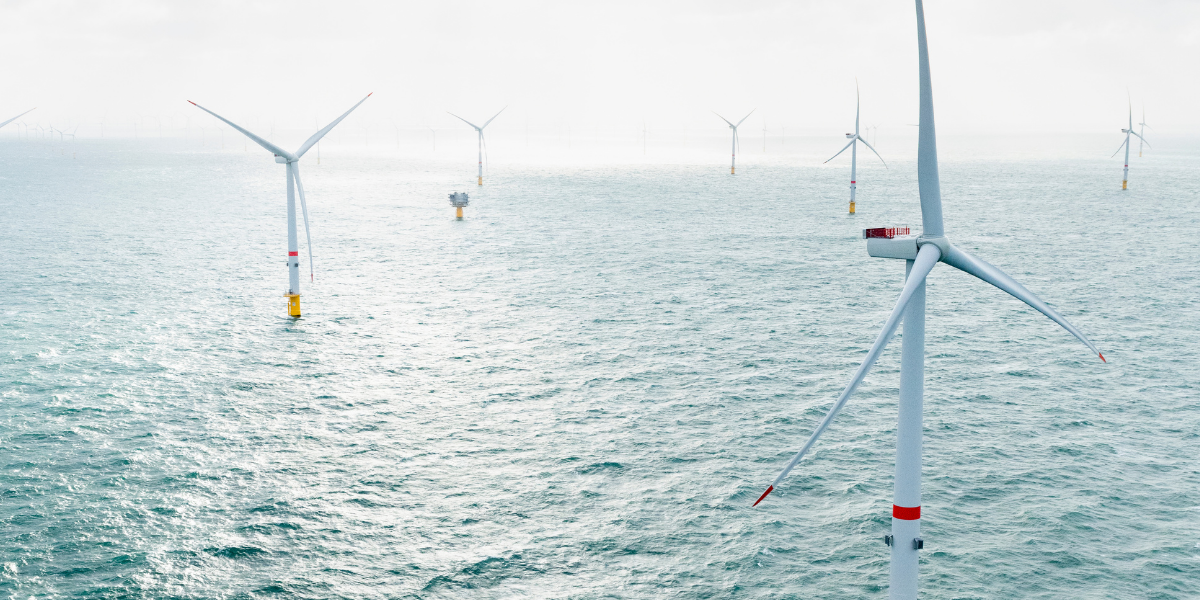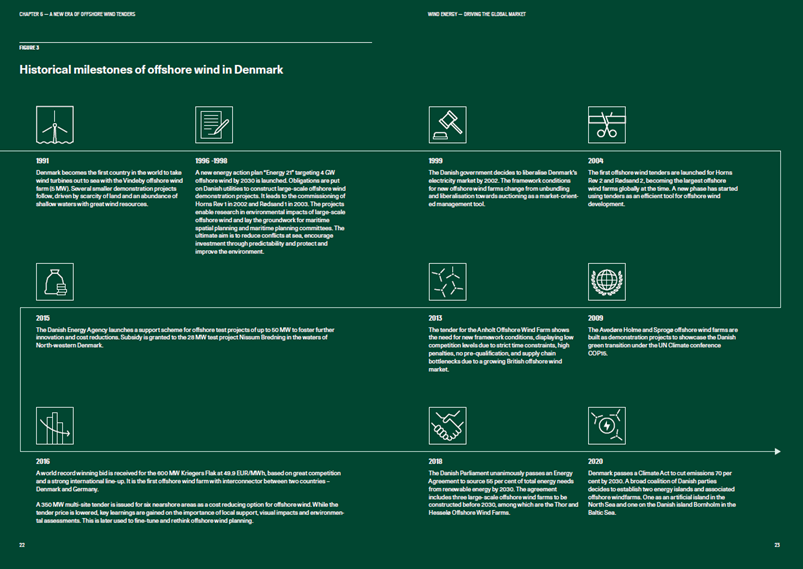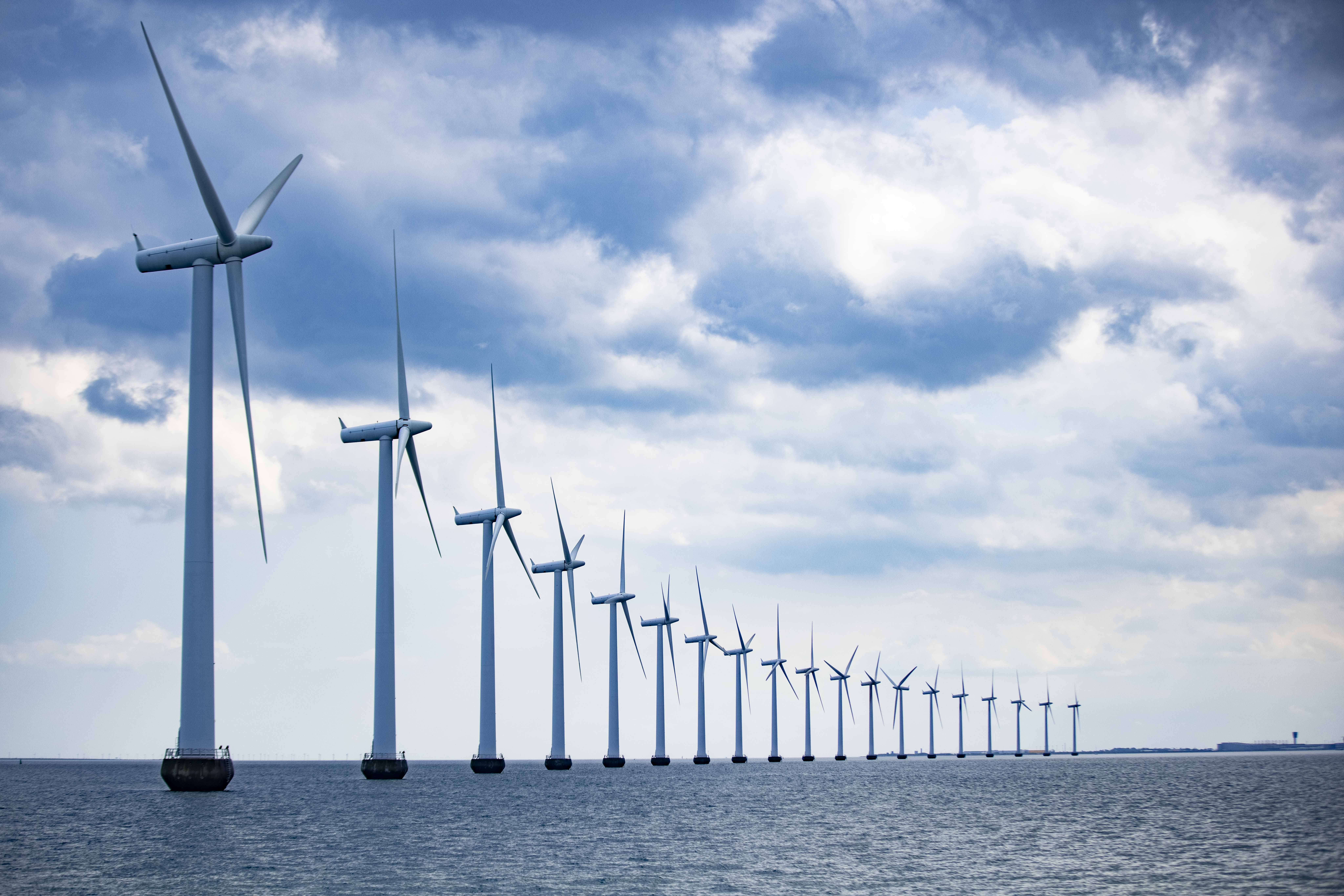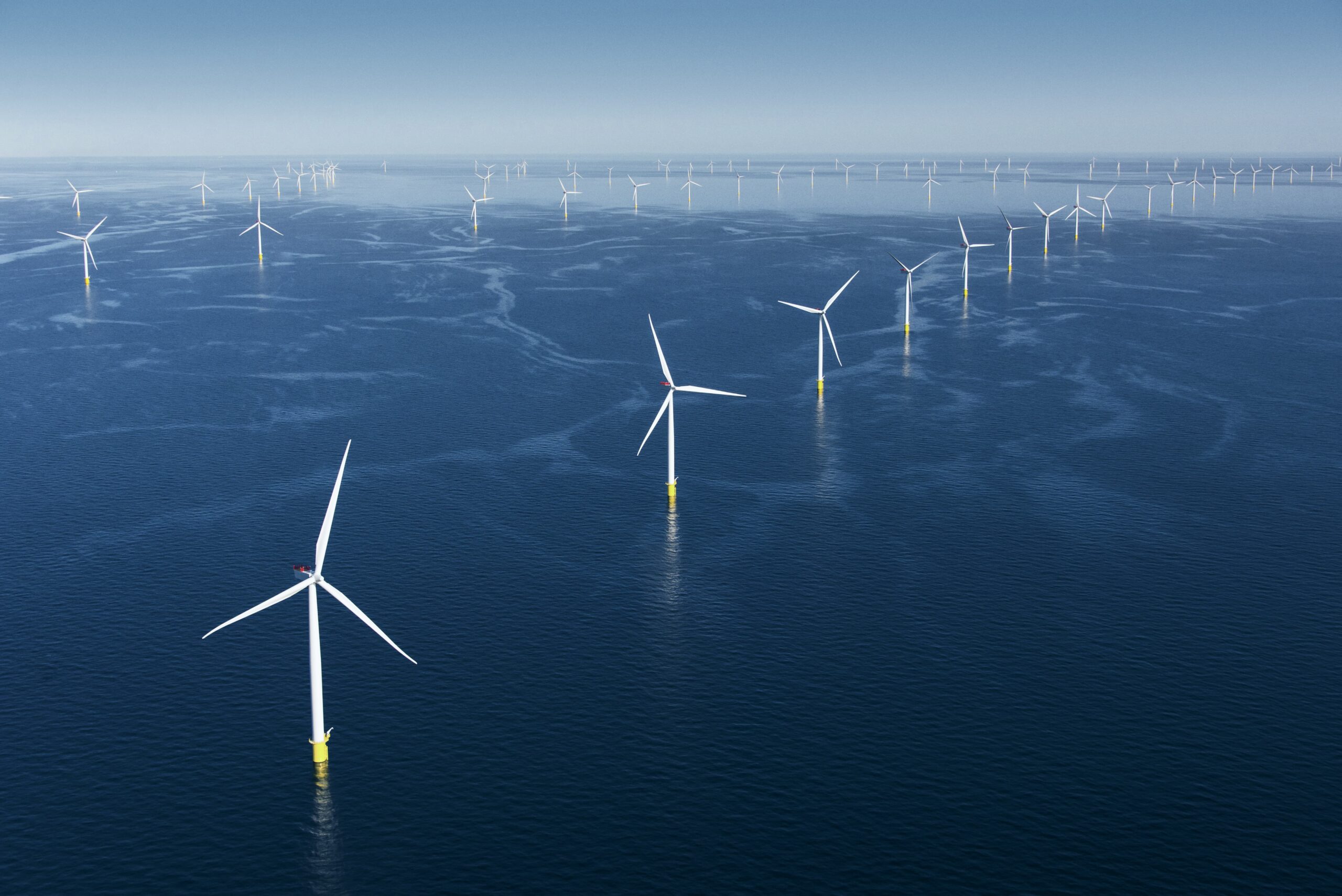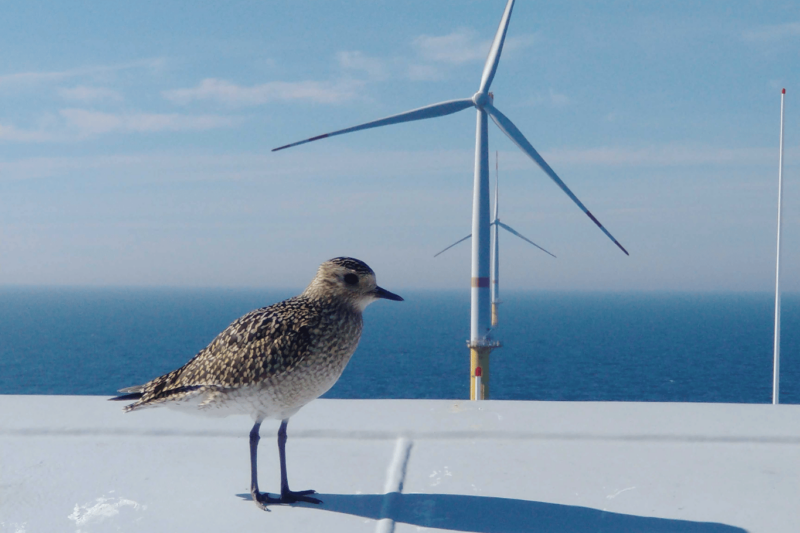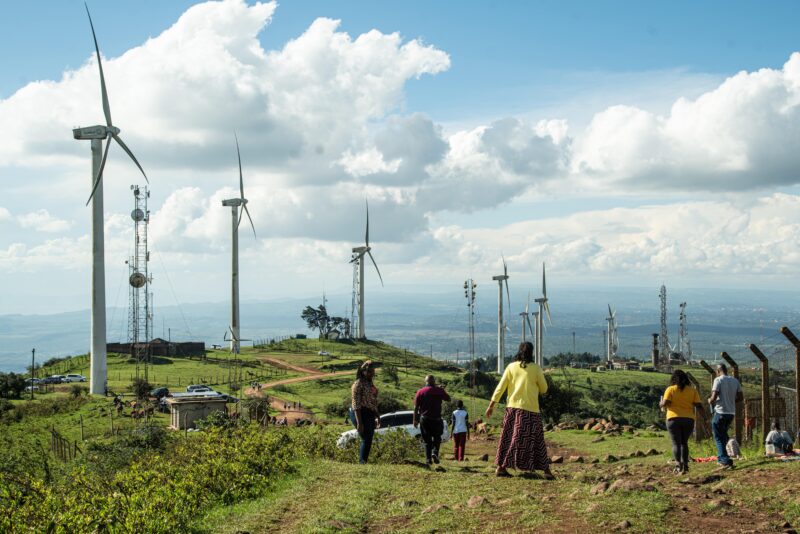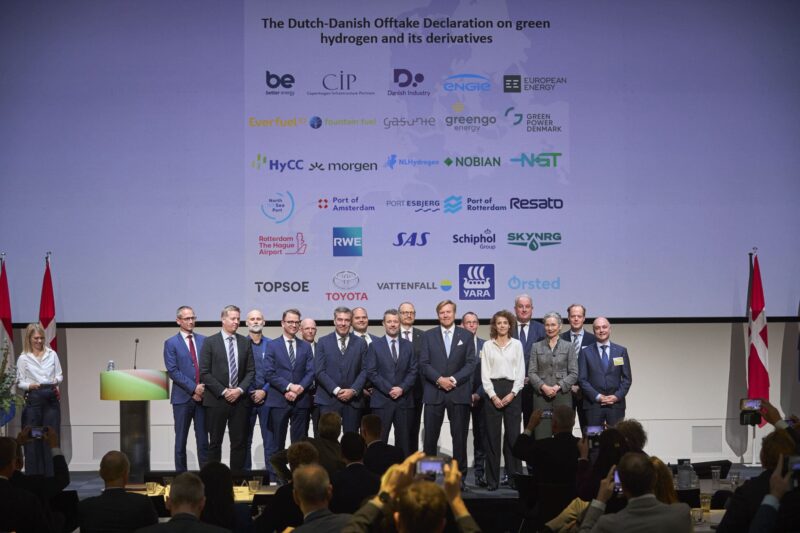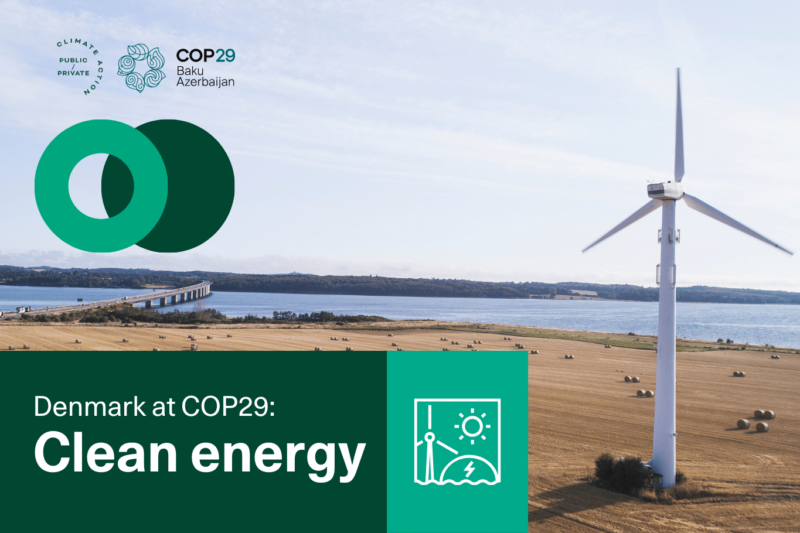To harness the North Sea’s green energy potential, Denmark’s Prime Minister Mette Frederiksen hosts the President of the European Commission Ursula von der Leyen, German Chancellor Olaf Scholz, Dutch Prime Minister Mark Rutte and Belgium Prime Minister Alexander De Croo at the North Sea Summit in Esbjerg on 18 May.
With its enormous green energy potential, the North Sea has the capacity to become a regional green energy engine. By harnessing its winds, Europe can power millions of households with green electricity. At the same time, buildout in the North Sea has the potential to create an abundance of new green jobs. Jobs in ports, jobs in test and research facilities, and jobs across industries. Jobs both offshore and onshore. Finally, the generated electricity is a key in delivering the future of fuels. Combining offshore wind and renewable power-to-x, the sea’s gusty winds can provide enormous steps in powering trucks, planes, and ships while decarbonising Europe and promoting energy security.
Representing an ocean of opportunities, the North Sea Summit will focus on the central role offshore wind in phasing out fossil fuels in the EU, and how the North Sea can become a green powerhouse for the European continent. Alongside heads of states, energy ministers, the EU Commissioner for Energy and major business leaders will attend the summit discussing.
Based on five decades of Danish learnings, State of Green has gathered a line of perspectives outlining how wind energy can push the ambitions for a renewable energy transition and help Europe turn the North Sea into a sustainable power hub.
Powering the future: Harvesting the North Sea’s energy potential
With its large sea area, shallow waters and stable wind resources, Denmark has a vast potential for offshore wind. In the North Sea, Denmark will establish the first energy hub in the world with up to 10 GW of offshore wind capacity.
The Danish Sea area (12 nautical mile zone, exclusive economic zone and internal waters) covers 105,000 km2 of largely shallow waters. This makes it both significantly larger than those of the Netherlands, Germany, and Poland, and ideal for bottom-fixed wind turbine foundations. The latter being a prerequisite for producing cost efficient wind power offshore. Denmark’s proximity to load centres like the United Kingdom, Benelux, Germany, and Poland provides opportunities for connecting offshore wind farms directly to neighbouring markets. Over half of the 300 GW offshore wind capacity that the EU aims to install by 2050 is expectedly located in the North Sea. A large share of this could be installed cost-competitively in Danish waters.
